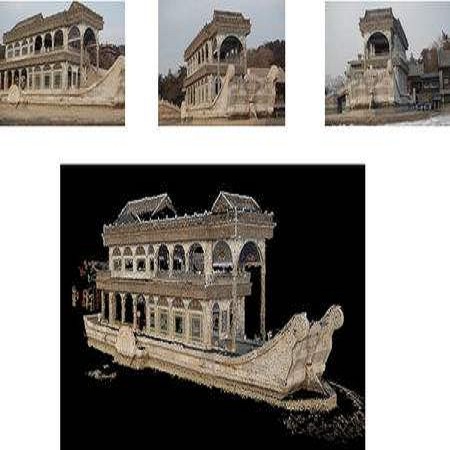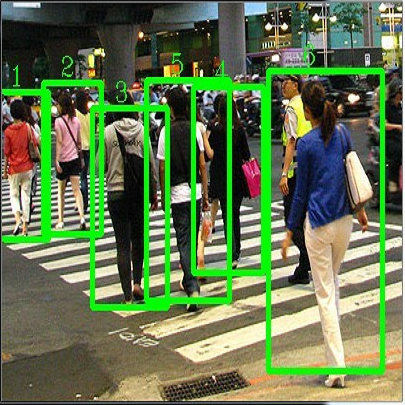项目名称: 基于视频的城市交通场景理解与建模方法研究
项目编号: No.61272396
项目类型: 面上项目
立项/批准年度: 2013
项目学科: 自动化技术、计算机技术
项目作者: 李实英
作者单位: 湖南大学
项目金额: 80万元
中文摘要: 城市交通场景理解和建模是智能信息处理和计算机视觉领域的热门研究课题。现有研究主要关注城市场景理解的部分内容,例如运动物体的检测跟踪和场景中的物体分类标注。然而,复杂的城市交通场景中各类物体混杂、动态变化、彼此之间有很强的交互关系,而且场景理解尺度跨度大,具有很多不确定性,需要系统有序的协同分析和内容理解,挑战性很大。本项目围绕城市交通场景数据在时空上的显著差异性和整体理解问题,深入研究城市场景理解和建模的理论和方法。主要内容包括:(1)跟踪人类认知机理、机器学习和计算理论方面的新成果;(2)借助这些理论,分析城市交通场景的整体结构、场景中各类物体的视觉特征、空间布局和行为以及它们之间的交互关系,研究表达和描述这些场景特征的方法和模型;(3)通过仿真平台和实验室已有的车载式移动平台进行验证。期望通过本项目的研究,丰富该领域的理论基础,使我国掌握无人驾驶车辆核心技术上的自主知识产权。
中文关键词: 场景理解;三维重建;目标检测;视频拼接;目标分割
英文摘要: Much effort has been devoted recently to understanding and modeling urban traffic scenes, as solving this issue is a critical challenge for emerging applications such as autonomous driving and intelligent transportation systems. Most existing work has focused on detecting and tracking objects of interest, or on creating segmentations of a scene into semantic labels, and to a lesser extent, on scene understanding and modeling in controllable indoor environments and standardized highways. However, actual urban traffic scenes are cluttered and dynamic with various objects, which may be in varying states and interact with each other, and in situations such as variable illumination in which the objects have different appearances. Moreover, in urban scenes, objects such as pedestrians and cars may move with large difference of scale. The objectives of this project focus on two basic problems: understanding scale-variant scenes with comprehensive data analysis (not only data fusion); and understanding and modeling objects' activities and their interactions using visual data captured in dynamic urban traffic scenes. Based on recent progress in computer vision, mechanisms of human cognition, and machine learning, we will work on how to estimate a 3D layout of urban scenes for a movable platform, and on how to model a hi
英文关键词: scene understanding;3D reconstruction;object Detection;video stitching;object segmentation

